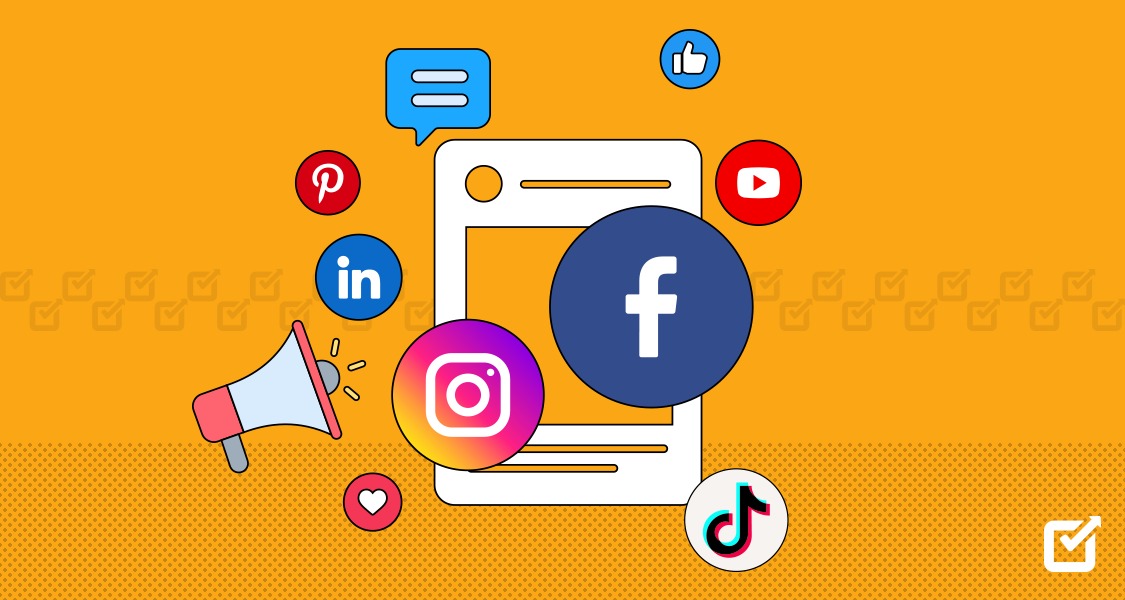In 2025, the relationship between content creators and digital platforms is under the spotlight more than ever. Creators are no longer just users—they are the driving force behind engagement, revenue, and community growth. Yet, not all platforms are treating them that way.
While big names still dominate the internet, many creators are exploring alternatives. They’re searching for platforms that do more than just offer exposure—they want support, flexibility, and real partnership. So, what exactly makes a platform “creator-friendly” in today’s fast-paced digital landscape?
Let’s break it down.
1. Creative Freedom Without Excessive Censorship
At the core of any creator-friendly platform is the freedom to express without unnecessary restriction. Traditional platforms have become stricter with their content guidelines, and while moderation is important, many creators feel boxed in by vague rules and unpredictable enforcement.
A creator-friendly space allows users to share their work—whether it’s photography, video, audio, or written content—without fearing sudden takedowns or demonetization. It balances responsibility with freedom, giving creators room to innovate without compromising their voice.
2. Transparent and Fair Monetization
One of the biggest factors for creators is money. Whether it’s through ads, fan subscriptions, tips, or pay-per-view features, creators need options to make a living from their work.
A truly supportive platform makes its monetization system clear, fair, and direct. It doesn’t take a massive cut from creators’ earnings or bury their revenue behind endless fees and conditions. More importantly, it provides multiple income streams so that creators don’t have to rely solely on brand deals or external sponsorships.
In today’s world, platforms that prioritize direct-to-audience revenue—like tipping, exclusive content, and donations—are earning loyalty from creators across all niches.
3. Control Over Content and Data
Ownership is another major concern. When a creator uploads their work, who actually owns it? On many traditional platforms, the answer is complicated. Some claim broad rights to reuse or remove content at will.
A creator-first platform makes it clear: your content is yours. It gives users the ability to delete, download, or move their work as they see fit. It also protects creators’ data, ensuring that personal info, analytics, and audience insights remain private or easily exportable.
When creators feel in control, they’re more willing to invest time and effort into a platform.
4. A Supportive and Respectful Community
Toxicity is a major turn-off. If a platform can’t manage its user base, creators often pay the price. Online harassment, spam, and hateful comments can drive even the most passionate creators away.
Creator-friendly platforms actively foster positive engagement. They implement effective moderation tools, give creators the ability to control who can comment or message them, and build systems that encourage meaningful interactions over mindless scrolling.
Community health matters. Creators thrive in spaces where respect and creativity are the norm, not the exception.
5. Discoverability Without Algorithm Games
One of the biggest frustrations creators face is fighting invisible algorithms just to be seen. On many major platforms, even followers might not see your content unless you post at the “right” time or use the “right” keywords.
Friendly platforms remove that guesswork. They offer chronological feeds, personalized discover pages, and transparent rules about how content is promoted. Some even let creators boost their own work with tools that are ethical and audience-friendly.
The bottom line? Visibility should be based on quality and interest, not tricks and trends.
6. Tools That Empower Creation
A creator’s job doesn’t stop at uploading. Editing, scheduling, interacting with fans, analyzing reach—all of these tasks take time and energy. The best platforms support creators with intuitive tools that make these tasks easier.
From built-in editing software to detailed analytics, platforms that equip creators with powerful, user-friendly features naturally attract and retain talent. Bonus points if the platform offers mobile-friendly options, collaboration tools, and community support hubs.
7. Responsive and Transparent Communication
Nothing frustrates creators more than feeling ignored. Whether it’s a bug, a payment issue, or an unclear policy, creators want fast, honest answers. A creator-friendly platform doesn’t hide behind vague FAQs or slow support tickets—it responds clearly and listens openly.
Some platforms even go a step further, involving creators in policy decisions or testing new features before rollout. That kind of respect builds lasting loyalty.
Future Belongs to the Platforms That Respect Creators
Creators aren’t just content machines. They’re artists, educators, entertainers, and entrepreneurs. In 2025, the platforms that rise to the top will be the ones that truly understand this and put creators first—not last.
A creator-friendly platform doesn’t need to be massive or perfect. It just needs to offer freedom, support, and fairness. As more creators seek spaces where they feel seen, heard, and valued, the definition of “success” in the digital world is changing.
And the platforms that get it right won’t just attract creators—they’ll build entire movements.



